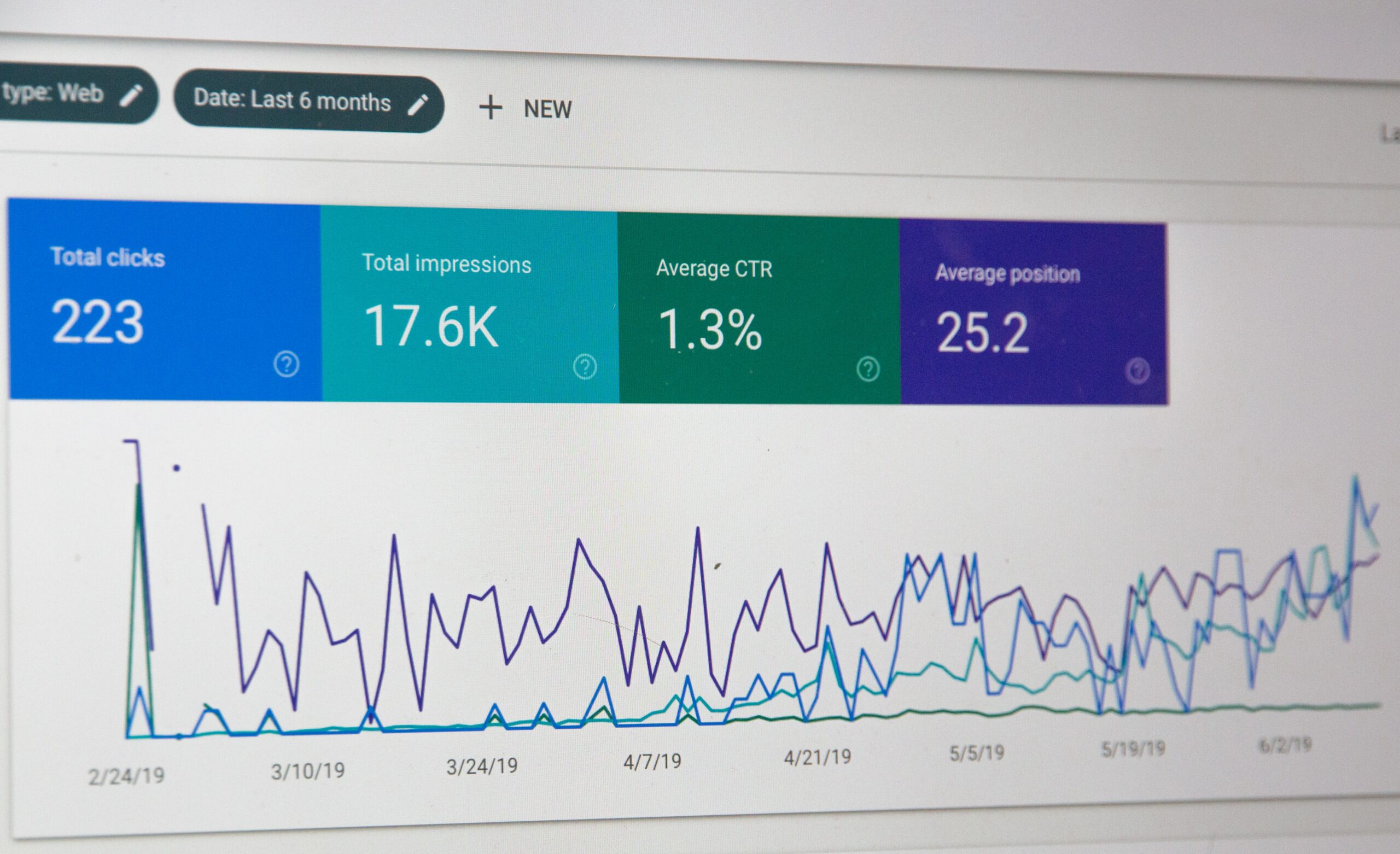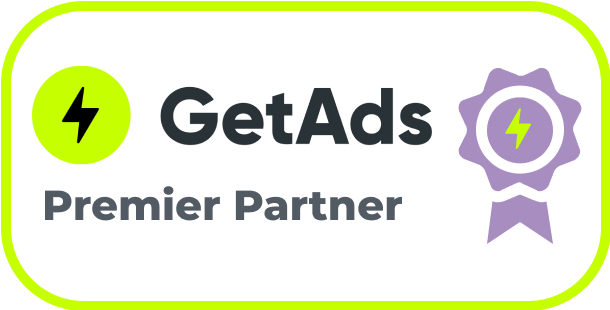Are you struggling to drive qualified traffic to your website?
Google Ads could be the solution. With hundreds of millions of users worldwide, Google Ads has the potential to reach a massive audience and drive valuable traffic to your site.
However, running a successful Google Ads campaign requires careful planning and execution.
In this post, we’ll walk you through the steps to create a Google Ads campaign that drives qualified traffic to your site.

Step 1: Define Your Goals and KPIs
The first step in creating a successful Google Ads campaign is to define your goals and key performance indicators (KPIs). What do you want to achieve with your campaign? Do you want to increase website traffic, generate leads, or drive sales?
Once you’ve defined your goals, you can set specific KPIs to measure the success of your campaign. Some common KPIs for Google Ads campaigns include click-through rate (CTR), conversion rate, cost per click (CPC), and return on ad spend (ROAS).
According to Wordstream, a Google Ads search ad’s average click-through rate (CTR) is 3.17% for the search network and 0.46% for the display network. However, the average conversion rate across all industries is only 3.75%. (Don’t worry we’ve been much better than this on the ad accounts we manage).
By setting specific goals and KPIs, you can measure the success of your campaign and make data-driven decisions to improve its performance.
Step 2: Conduct Keyword Research
Keyword research is the foundation of any successful Google Ads Search campaign. Identifying the keywords and phrases your target audience is searching for enables you to create relevant and engaging ads.
Start by brainstorming a list of keywords relevant to your business and industry. Then, use a keyword research tool like Google Keyword Planner (free) or SEMrush to identify additional keywords and estimate their search volume.
According to Ahrefs, 92.42% of all Google search traffic goes to the top 10 search results. By conducting thorough keyword research, you can identify the keywords most likely to drive qualified traffic to your site and optimize your ads accordingly.

Step 3: Create Compelling Ad Copy
Your ad copy entices users to click on your ads and visit your website. To create compelling ad copy, focus on the benefits of your product or service and use strong calls-to-action (CTAs). Use ad extensions like Sitelink extensions and callout extensions to provide additional information about your business and increase the visibility of your ads. Using ad extensions is crucial for a few reasons:
- It increases your ad “real estate” meaning, your ad will naturally take up more space on the screen, so they see more of you and less of everyone else.
- You can present important information at the ad level, without them having to click through to the landing page or website, this saves time and gets them to where they want to go faster, think of it as a shortcut (ie. pricing page, book demo page, features page, etc.).
- Using ad extensions helps improve the strength of your ad (which is good in the eyes of Google and your ad will be served more often than if it had no ad extensions).
To create a compelling ad copy, it’s essential to understand your target audience and tailor your message to their needs and preferences. Start by researching your audience’s demographics, interests, and pain points. Use this information to craft ad copy that speaks directly to their needs and desires.
It’s also crucial to use persuasive language to encourage customers to take action. Use action-oriented words like “buy,” “try,” or “download” to create a sense of urgency and encourage people to take the next step. Use emotional triggers that resonate with your target audience, such as fear of missing out (FOMO), social proof, or the promise of a better future.
Additionally, use clear and concise language in your ad copy. Avoid using technical jargon or complex sentences that may confuse potential customers. Keep your message simple and easy to understand, so people can quickly grasp what you’re offering and why they should care.
Depending on the buying stage of the keywords you’re bidding on, you may use different language, some keywords have less intent than others, so tailoring ad copy to the stage in which the people searching are is going to result in better performance. You don’t want to show an ad to someone telling them to book a demo when they’re not entirely sure they need your product/service.
Step 4: Set Up Conversion Tracking
Conversion tracking is essential for measuring the success of your Google Ads campaign. By tracking the actions users take on your website after clicking on your ads, you can measure the ROI of your campaign and optimize your ads for better performance.
Set up conversion tracking in Google Ads by placing a tracking code on your website and defining specific actions you want to track, such as form submissions or product purchases.
Step 5: Create Your Ads
Once your campaign and ad groups are set up, it’s time to create your ads. Your ads should be designed to attract the attention of your target audience and encourage them to click through to your website.
It’s essential to use strong and compelling calls-to-action (CTAs) that encourage users to take action, such as “Sign Up Now” or “Download Our Whitepaper.”
Step 6: Monitor and Optimize Your Campaign

Once your ads are up and running, monitoring their performance and optimizing your campaign to achieve better results is critical.
One of the key metrics to monitor is your click-through rate (CTR), which is the percentage of users who click on your ad after seeing it. A higher CTR can lead to a higher quality score, resulting in a lower cost-per-click and higher ad rank.
Other monitoring metrics include your conversion rate, cost-per-conversion, and return on investment (ROI). Use these metrics to identify which ad groups and keywords are performing well and which need improvement.
To optimize your campaign, you can adjust your bidding strategy, change your ad messaging, add or remove keywords, and adjust your targeting options. Making changes slowly and carefully is desirable to avoid negatively impacting your campaign’s performance.
Conclusion
Driving qualified traffic with Google Ads is a complex process that requires careful planning, research, and ongoing optimization.
By following these six steps, you can create a successful Google Ads campaign that reaches your target audience, drives qualified traffic to your website, and ultimately helps you achieve your business goals.
Remember to define your goals and KPIs, identify your target audience, select your keywords, set up your campaign and ad groups, create your ads, and monitor and optimize your campaign. With the right strategy and execution, Google Ads can be a powerful tool for driving qualified traffic and achieving your business objectives.







